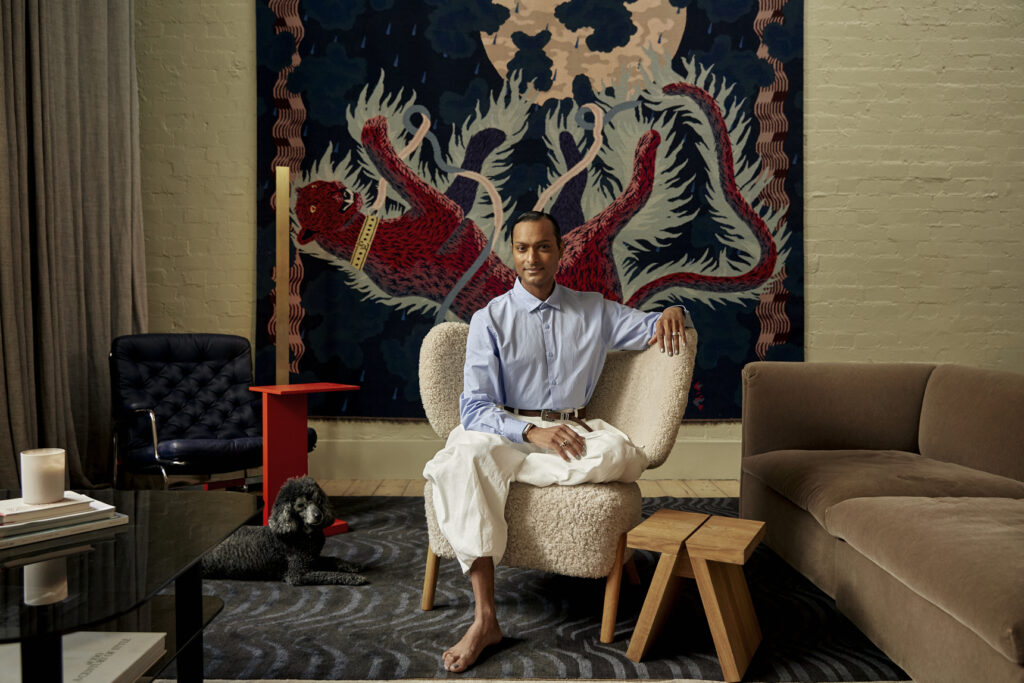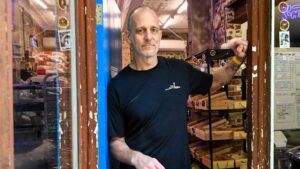
Casey Horsfield Melbourne Photographer commercial and fashion photography design lifestyle photography social media content producer
Brahman Perera returns to the Melbourne Cup Carnival with his distinct design philosophy, marking his second year of collaboration with Lexus. The renowned designer brings a tactile approach to the LANDMARK by Lexus pavilion, a three-storey hospitality marvel that embodies this year’s theme of “synthesis.” This pavilion, located at the Flemington Racecourse, will be open to visitors on November 1, 4, 6, and 8, during the Melbourne Cup Carnival.
Perera describes his design process as a “quiet choreography,” where materials like timber, stone, and fabric interact with light to create spaces rich in character. “Technology is a powerful tool, but emotion and intuition remain uniquely human,” he explains. “The human touch is what gives design its soul, memory, sentimentality, and imperfection.”
The Intersection of Craftsmanship and Technology
The LANDMARK by Lexus pavilion is a testament to Lexus’s commitment to craftsmanship, inspired by Takumi, the Japanese master artisans known for their exceptional skill and dedication. This year’s theme of “synthesis” is evident in the pavilion’s design, where human craftsmanship meets technological precision. Perera elaborates, “For me, synthesis is about balance: the meeting point of human craftsmanship and technological precision.”
The pavilion features bespoke textiles alongside intelligent systems, such as responsive lighting and AI-driven installations. “This is not a clash of worlds but a harmony,” Perera adds, “where the warmth of the human hand is amplified by the possibilities of innovation.”
A Journey Through Japanese Hospitality
Drawing inspiration from omotenashi, the Japanese concept of hospitality, the pavilion is designed to anticipate every need of its visitors. Guests are guided through a carefully composed journey, beginning on the first level with a gifting suite and a mini bar serving coffee and champagne. Walnut floors create a welcoming atmosphere before guests enter the restaurant, led by chef Josh Raine.
As visitors ascend, the spaces transition from intimate dining settings to expansive entertainment areas, culminating in a lounge with panoramic views of the track. The architecture prioritizes dining as an integral part of the spatial experience, with tables inspired by Donald Judd’s minimalist geometry and lighting that responds subtly to movement.
“Food and design become inseparable – the plate, the table, the room all work in unison to heighten the experience,” Perera says. “Each dish is framed as a moment of theatre.”
Collaboration and Sustainability
The richness of the pavilion’s design is a result of collaboration among various creatives. Florist Simone Gooch’s ikebana-inspired arrangements add color and form, while collage artist Simone Esterhuizen’s works are transformed into animations that ripple across digital screens. Every texture and finish in the pavilion is chosen for its environmental impact and tactile warmth, with materials like walnut and sisal flooring and Kvadrat textiles adding refinement and eco-conscious integrity.
For Perera, the emotional resonance of a space is as important as its visual impact. “I want people to feel inspired by the beauty of connection: between tradition and innovation, between human touch and technological potential,” he says. “More than anything, I want them to feel cared for, as though every detail anticipated their comfort, curiosity, and delight.”
A Lasting Impression
The LANDMARK by Lexus pavilion is more than just a space; it is an experience where craftsmanship, innovation, and hospitality converge. This unique blend ensures that the experience lingers long after race day ends, leaving a lasting impression on all who visit.
This article is produced by Broadsheet in partnership with Lexus, celebrating the return of LANDMARK by Lexus to the Melbourne Cup Carnival.






